The symbolic, erotic, and lunar asparagus
Through Flemish painting, Manet, Max Ernst, Andreas Gursky, and Hannah Levy, we start to believe that the asparagus has feelings too.
What follows is an ode to the asparagus, a glorification of the delicately flavored vegetable by artists and cooks. For those who don’t know, the asparagus belongs to the Liliaceae family, just like the fragrant lilies. It grows in evergreen, dense bushes, whose top part is a gourmet’s dream: the edible piece of a plant that’s been cultivated for thousands of years, included in the diets of Ancient Egyptians and Mesopotamian people, highly appreciated by the Greeks and Romans. Writes the Latin poet Martial in the 1st century BC: “The asparagus with tender thorns that grows in the marshes of Ravenna will not be as tasty as the wild asparagus.” Bunches of asparagus are depicted in Roman villas and frescoed on walls at Pompeii and Stabia.
An old tale by Plutarch mentions the asparagus in the Rome of the Caesars. In his De vita Caesaris, the philosopher writes that in 53 BC Caesar reached the city of Mediolanum, that is Milan, during the victorious campaign against the Gauls. Invited to the residence of Valerio Leonte, the guest was celebrated by serving a huge plate of asparagus with butter, a typical Celtic seasoning. Roman generals felt deeply offended by that “ointment,” which in Rome was only used for grooming. But Caesar, irreproachable, devoured the asparagus and thanked the landlord, summoning his generals to utter one of the capital phrases in the philosophy of taste: De gustibus non est disputandum (in matters of taste, there can be no disputes). Here, in the name of this principle, we have chosen to tell the story of the asparagus and art.
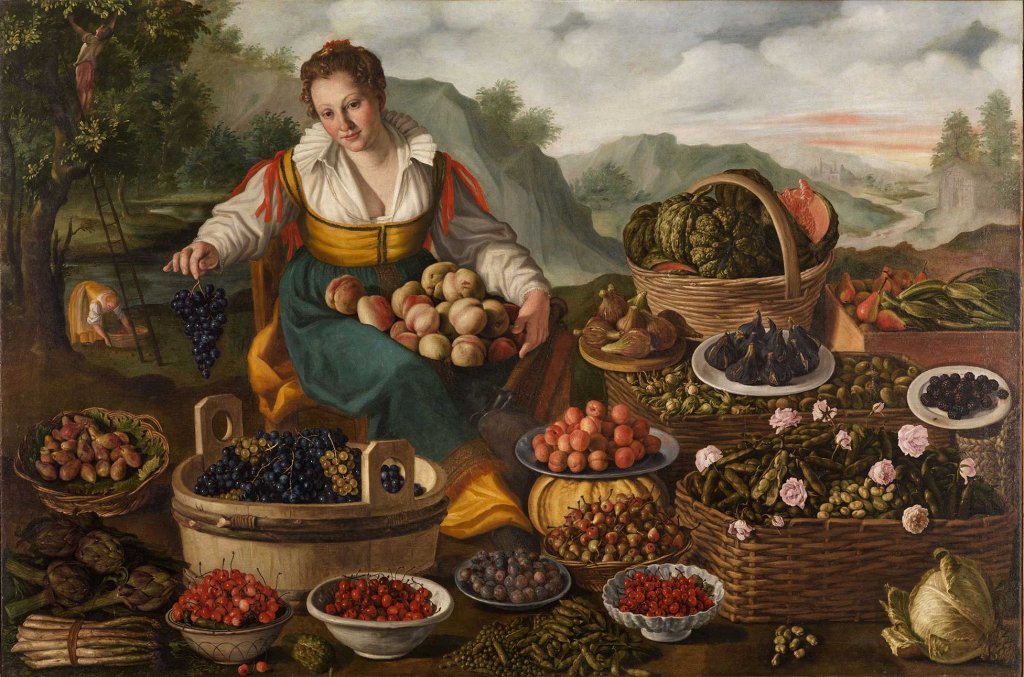
Let’s take the foreground of the Fruttivendola painted by Vincenzo Campi in 1580: a bunch of asparagus peeps right in front of where the greengrocer shows her abundant merchandise of figs, fava beans, grapes and lumpy pumpkins. Campi exalts all this goodness in a precise organization of space, which causes an infectious, almost lubricious pleasure. The painting is now held at the Pinacoteca di Brera in Milan, and people get the munchies when looking at it. The work has Flemish influences, imbued with the attention to detail and realism also typical of that Lombard painting style that would later influence Caravaggio (who would however never paint asparagus). The painting can be considered a predecessor of what a few years later would become an autonomous artistic genre, that is still life, where the asparagus, although not as attractive as a beautiful flower, would often show up.
For example, we can mention the 17th century female painter Louise Moillon, who depicted the asparagus next to a fruit basket in 1630. Her painting strikes for richness, panache, chromatic lights, between the deep red of the cherries and the crystalline transparency of the grapes. It has a sense of rustic, pastoral baroque. The bunch of asparagus is placed obliquely, made solid by the shadows produced by the table light. The basket of fruit is pushed towards a darker background which seems ready to swallow the asparagus. Like the fallen leaves in the foreground, it might be a symbolic reference to the transience of life and the passage of time that consumes everything.

The Dutch Golden Age master Adriaen Coorte, a minimalist of still life, focused on asparagus with obsessive care. Little is known about this late 17th century painter, who nonetheless left a compelling series of still lives, variations of the same theme of the bunch of asparagus. Placed obliquely, almost always at the end of a stone slab or on a table, the vegetables create an illusionistic, unstable balance amplified by the orbit of the dark and empty background. You might almost feel a lump in your throat knowing that the asparagus will fall and its beauty will perish. Coorte pursues a strong sense of human precariousness, which only the sacred can end. He put the attention and artistic skill typical of religious painting at the time into the modest theme of a bunch of asparagus. We just gasp when looking at the pale and iridescent face of these sacred plants.

Adriaen Coorte, Still Life with a Bowl of Strawberries, a Spray of Gooseberries, Asparagus and a Plum, 1703, oil on paper on canvas, National Gallery, London. 
Adriaen Coorte, Still Life of Asparagus and Artichoke, from 1693 until 1695, oil on paper mounted on canvas, Kurpfälzisches Museum der Stadt Heidelberg. 
Adriaen Coorte, Asparagus and red currants, 1696, oil on canvas, National Gallery of Art Whasington, Washington, D.C.
Let’s take a good look at the work below too: a huge asparagus made of silicone and polyurethane, hung with steel claws on a wall. The artist is Hannah Levy, born in 1991 and working in New York. The mortally pale color of the asparagus recalls skin tones. The arrangement, an exhausted pose of abandonment, strongly refers to the arm in the descent from the cross. A simple vegetable has encountered Christian “surreality” in the 21st century: the journey to the afterlife through the most earthly thing.
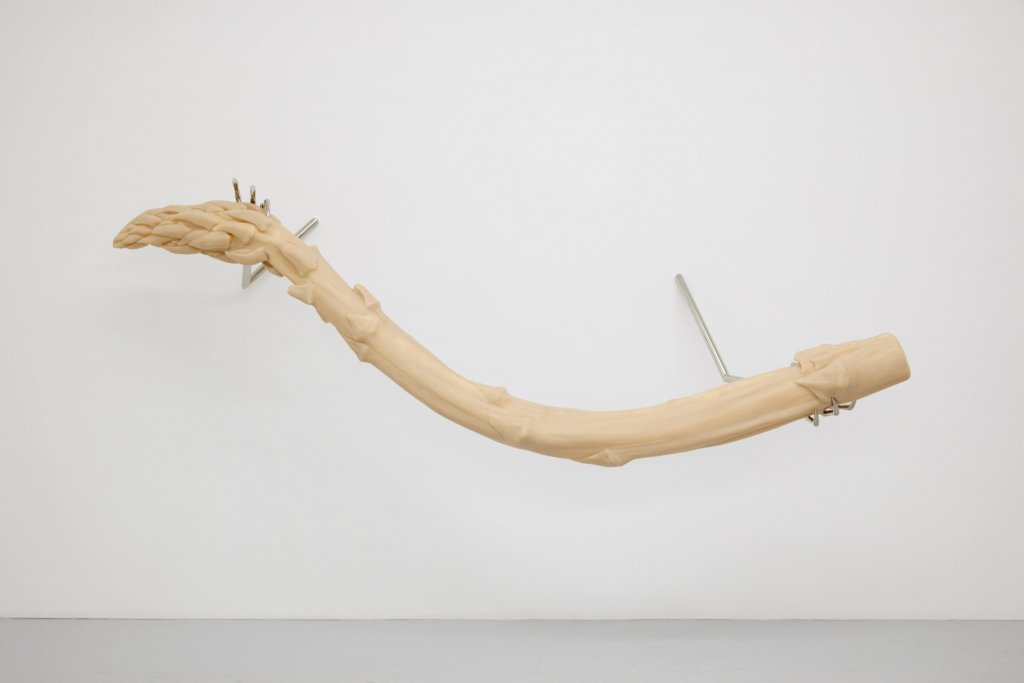
A surprising crossover between cannibalism and eroticism, imbued with the sacredness of the mysterious statues of Papua marks the Asperges de la Lune, conceived by Max Ernst in 1935 and turned into wooden and metal sculptures in 1973: a hybrid and lanky union between the vegetable and the human. Ernst’s fantastic interpretation of the asparagus also includes the 1920 ink and gouache collage titled Dada Gauguin. This work feels like a way to contrast De Chirico with his metaphysical artichokes from the Mystery and Melancholy of a Street (1914) or the Melanconia di un Pomeriggio, making them a surreal manifesto instead, and sprinkled with powerful Freudian eroticism.

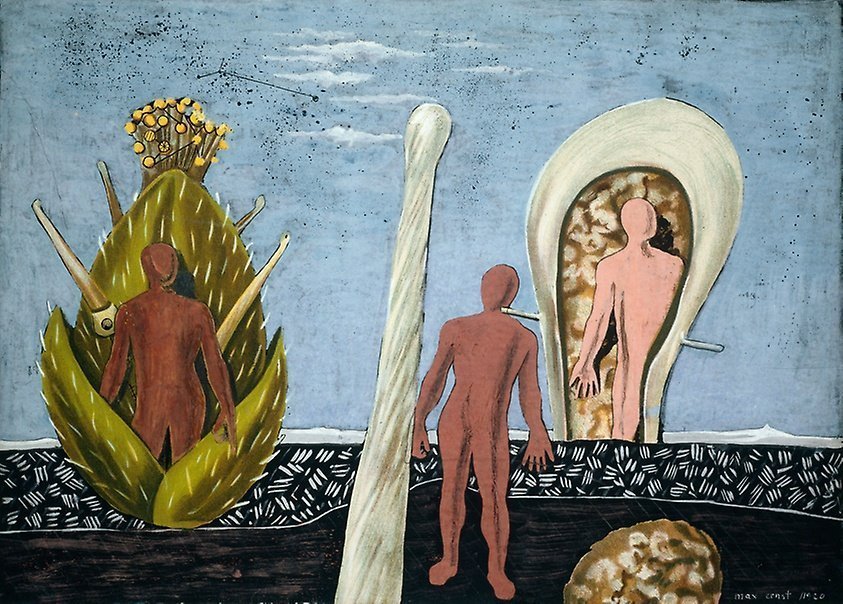
There is a very curious story related to a bunch of asparagus, which concerns Eduard Manet and one of his collectors, the banker Charles Ephrussi, who was also an art historian and editor of the Gazette des Beaux-Arts. In 1880 Manet painted a bunch of asparagus and offered the picture to Ephrussi for 800 francs (a nice sum at the time). The banker very generously paid him a thousand and the grateful Manet immediately painted another asparagus, which he gave to Ephrussi with a note saying: “one was missing from your bouquet.”
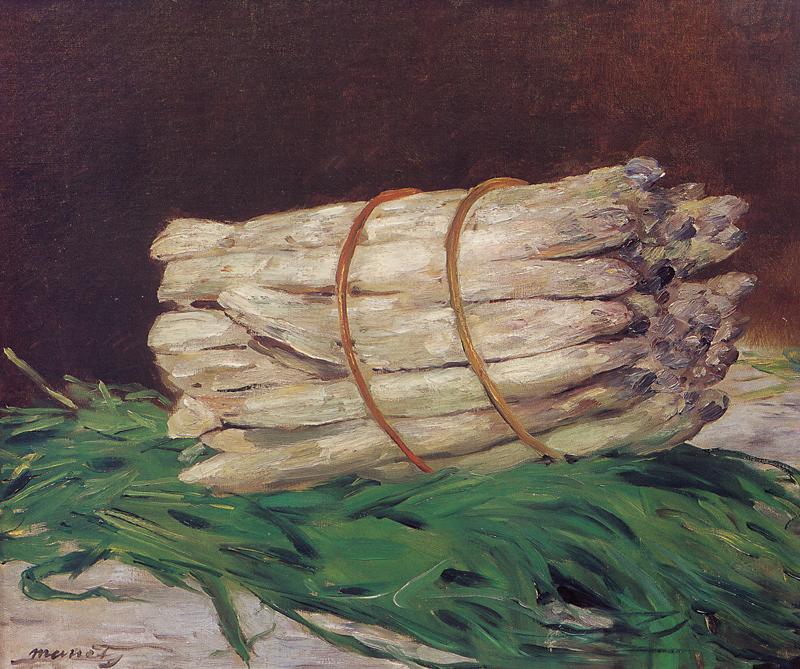

Witty and ironic was the Manet of this 16×21 cm small painting, which reveals all his talent. Writes Georges Bataille: “This is not a still life picture like any other! Dead nature, yes, but so lively at the same time.” The work is marked by an extraordinarily tangible realism, given by a nervous, syncopated painting, made of dents, spots and daringly fast strokes.
With a bit of esprit de finesse, Manet’s asparagus can allude to an erotic object, and the two golden-yellow strings tying the bouquet look like wedding rings. Though it is his being obliquely outlined, protruding from the table, almost diaphanous and confused in all that whiteness that offers the sense of absolute precariousness between human turgidity and sublime disposal of the organic. Francesco Arcangeli wrote about the same sort of decay in an essay in Paragone, referring to De Pisis’ painting titled Still life with Asparagus: “Only the shadows, shining here next to the lobster, the asparagus, the shell, discovering the raw sweetness of matter, remind us that things have weight, at least once, before giving in to this solemn robbery of the cosmos.” The asparagus might have a soul.
Who better than the photographer Andreas Gursky was able to represent the asparagus linked to what was once called the Spirit of Time? Take his large photos White Asparagus Farming in Beelitz (2007), so similar to medieval pages of esoteric texts. A famous medieval Latin puzzle with a magic square and the palindrome inscription SATOR AREPO TENET OPERA ROTAS comes to mind. The tips of the mythical vegetable emerge from the fields of Germany as they were characters of Morse code still to be deciphered.
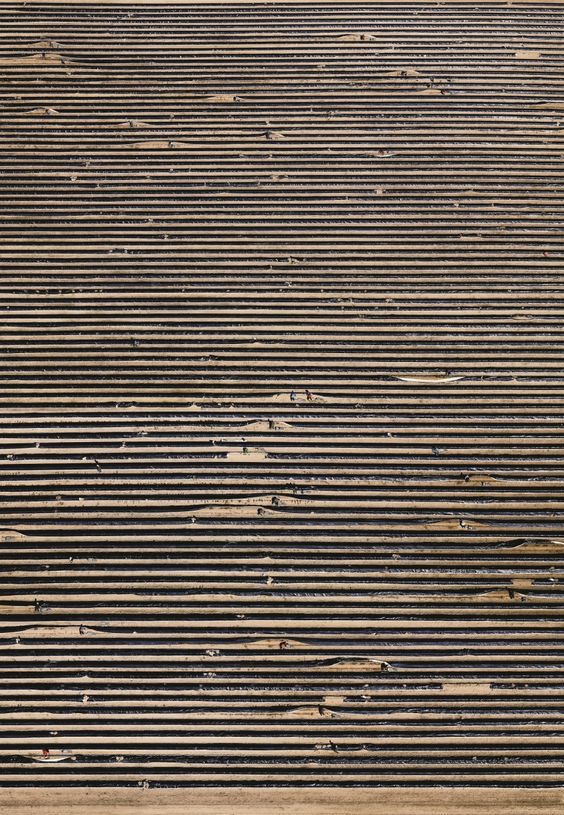
The metaphysics of the asparagus remains a mystery. This is perhaps why Achille Campanile dedicated a memorable story to it entitled Asparagus and the Immortality of the Soul, which is a hilarious text exploring the relationship between two very distant things. On the one hand, the author examines the materiality and culinary properties of the vegetable, claiming that it is best served boiled, seasoned with oil, salt and pepper, yet admitting that some people eat it with butter and some put fried eggs on it for a perfect fit. On the other hand, Campanile talks about the immortality of the soul, which belongs to the world of ideas, far from the tasty materiality of the asparagus. The meeting point is the “residue.” A large piece remains after eating an asparagus, and this leftover is the less tasty part (the stem). On the contrary, he believes that after we die the best part sticks around (the immortal soul). Despite this “great” theoretical effort, the two things still seem pretty far from each other, so much so that Campanile eventually and ironically denies any relationship between them. He might have never seen the paintings above…
Bibliography
- Ernst Gombrich, Dizionario della Pittura e dei Pittori, Einaudi, Torino 1997.
- Plinio, Historia naturalis – Libro II- Einaudi, Torino 1997.
- Quentin Buvelo, The still lifes of Adriaen Coorte (active c.1683-1707) with oeuvre catalogue , Royal Picture Gallery Mauritshuis, Waanders Publishers 2008.
- George Bataille, Manet, Abscondita, Milano 2016.
- Franco Rella, Il segreto di Manet, Bompiani, Milano 2017.
- Paolo Baldacci, Max Ernst , Magritte, Balthus. Uno sguardo nell’invisibile, Mandragora, Firenze, 2010.
- Francesco Arcangeli, Dal romanticismo all’informale, Einaudi, Torino 1976.
- Achille Campanile, Gli asparagi e l’immortalità dell’anima, Bur Rizzoli, Milano 1999.
November 25, 2020
